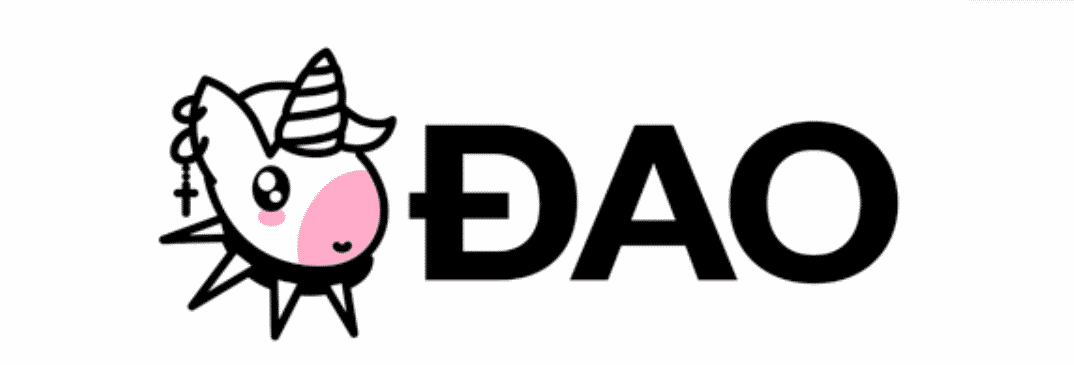
Evolution of web
Web is the largest transformable-information construct that its idea was introduced by Tim Burners-Lee in 1989 at first [1, 9]. Much progress has been made about the web and related technologies in the past two decades. Web 1.0 as a web of cognition, web 2.0 as a web of communication, web 3.0 as a web of co-operation and web 4.0 as a web of integration are introduced such as four generation of the web since the advent of the web.
is the first generation of the web which according to Berners-Lee, could be considered the read-only web and also as a system of cognition. Web 1.0 began as an information place for businesses to broadcast their information to people. The early web provided a limited user interactions or content contributions and only allowed to search the information and read it.

was defined by Dale Dougherty in 2004 ate web was defined by Dale Dougherty in 2004 as a read-write web [7]. The technologies of web 2.0 allow assembling and managing large global crowds with common interests in social interactions. The differences between web 1.0 and web 2.0 are numerous that are described in the reminder of the paper.

or semantic web desires to decrease human’s tasks and decisions and leave them to machines by providing machine-readable contents on the web [12]. In General, web 3.0 is included two main platforms, semantic technologies and social computing environment. The semantic technologies represent open standards that can be applied on the top of the web.

will be as a read-write-execution-concurrency web with intelligent interactions, but there is still no exact definition of it. Web 4.0 is also known as symbiotic web in which human mind and machines can interact in symbiosis.

Blockchain
Crypto
NFT

DAO
Blogs
Relevent news
-

TAG Heuer makes luxury Swiss watches, and will now accept cryptocurrency as payment on US websites only.
-

一:部署应用映射外部目录(持久化) # 部署redis,把配置文件和数据目录映射出来 # 1.操作步骤(创建redis依赖文件) -1 mkdir /reids /redis/conf /redis/data -2 vim /redis/conf/redis.conf # 2.配置文件 bind 0
-

Women are still largely underrepresented in the NFT world as both creators and investors but as research shows, the more there are, the more will come. Here, three experts share their insights and advise on how female artists can encourage more women to buy i…











